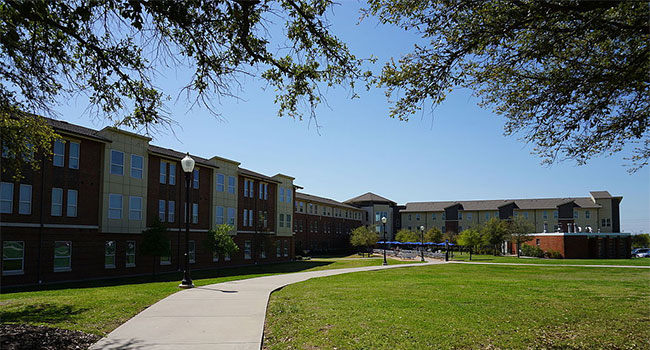
Two Fatally Shot, One Wounded at Texas A&M University-Commerce Residence Hall
All classes have been canceled at Texas A&M-Commerce through Monday evening as a result of an incident at one of the university’s residence halls, university officials said.
- By Ralph C. Jensen
- February 03, 2020
Two people were fatally shot and another was wounded at a Texas A&M University-Commerce residence hall.
University officials told students and faculty and staff members to remain sheltered in place Monday while the university investigates the shootings at the Pride Rock residence hall. The shelter-in-place request was posted on Twitter at 11:53 a.m. and was lifted shortly before 1:30 p.m.
The university confirmed the two deaths and said a third victim was being treated at a hospital. Details about the condition of the wounded person were not released.
Classes were canceled for the remainder of the day, the university said on Twitter and on its website.
The investigation is taking place at Pride Rock, a three-story residence hall for freshmen. Larry Cooper III, a freshman at the university, lives in Pride Rock. He said he left his room, which is on the second floor, just before the shelter-in-place was announced.
“There’s police blocking the doorways, but other than that we’re all just kind of sitting in and waiting on the news to happen,” Cooper said.
Although the campus-wide shelter-in-place request was lifted, the Pride Rock residence hall and surrounding areas were still blocked Monday afternoon. University police had stationed officers throughout campus, including all key gathering points.
The university said the Rayburn Student Center was available for displaced students and counselors were available for any students who needed assistance.
Photo by Michael Barera/Wikimedia Commons
About the Author
Ralph C. Jensen is the Publisher/Editor in chief of Campus Security Today.